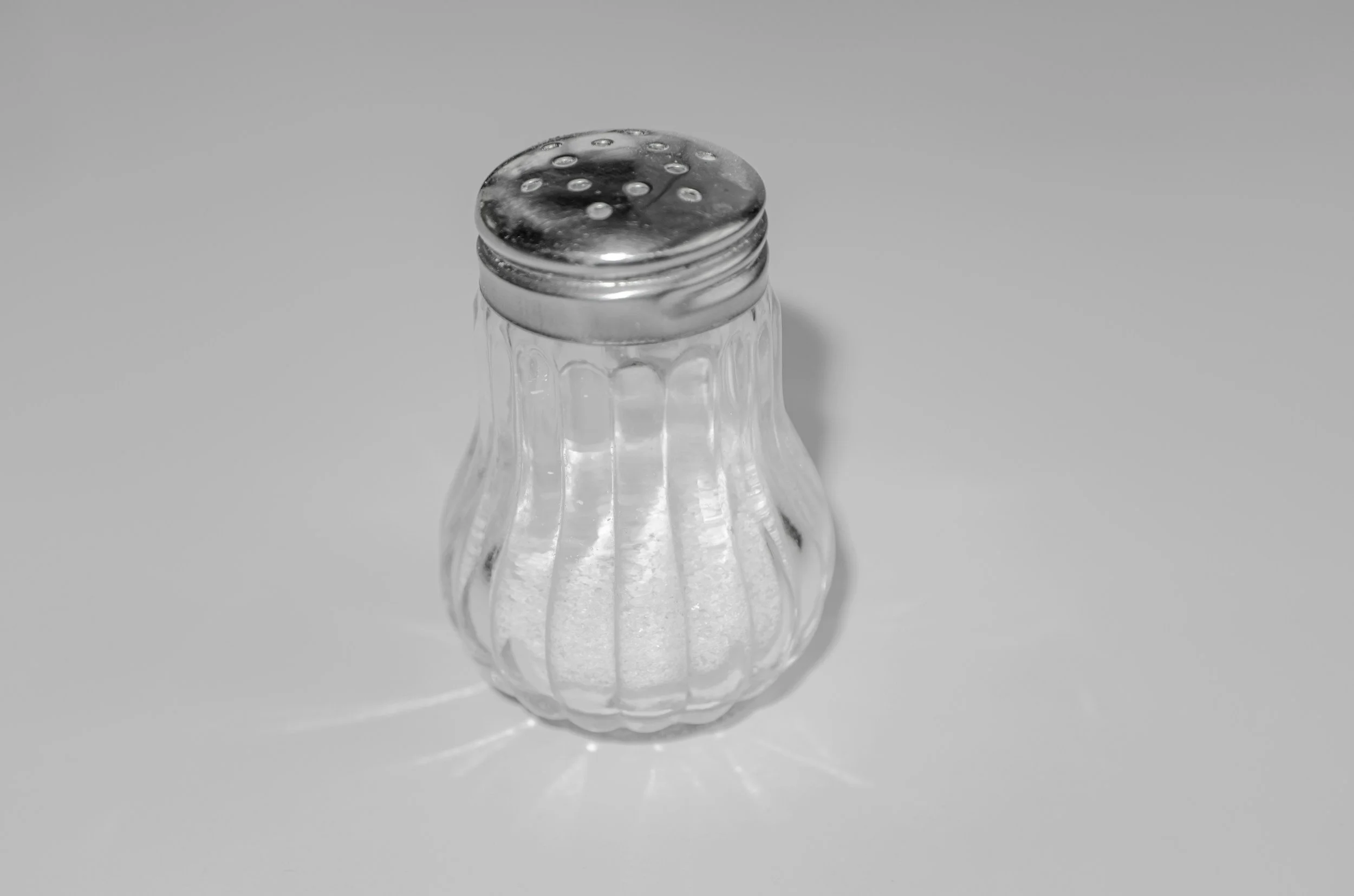OBBBA and the SALT Deduction: What You Need to Know
State and Local Tax Deduction Updates
The OBBBA raises the federal deduction for state and local taxes, restoring value for high-tax state residents and potentially encouraging more taxpayers to itemize and take advantage of charitable deductions.
The SALT deduction allows taxpayers to deduct certain state and local taxes from their federal taxable income. These typically include:
State income taxes
Property taxes
Sales taxes (optional instead of state income taxes for those in states without income tax)
It's important to note that this deduction is available only to taxpayers who itemize their deductions. This means that individuals who take the standard deduction cannot claim the SALT deduction.
Historical Context: The TCJA's Impact
Before the Tax Cuts and Jobs Act (TCJA) of 2017, many taxpayers, especially those in high-tax states, benefited significantly from the SALT deduction. However, the TCJA introduced a $10,000 cap on the SALT deduction, which led to a significant shift in taxpayer behavior.
In 2017, approximately 31% of individual income tax returns had itemized deductions.
By 2022, this number had dropped to just 9.5%
This decline was primarily due to the doubling of the standard deduction, making it more advantageous for many taxpayers to opt for the standard deduction over itemizing.
OBBBA's Adjustments to the SALT Deduction
The One Big Beautiful Bill Act (OBBBA) revises the SALT deduction to provide relief to taxpayers in high-tax states. Key changes include:
Increased Deduction Limits: The SALT deduction cap is raised to $40,000 for joint filers and $20,000 for single filers, effective through 2029.
Phase-Out for High Incomes: For taxpayers with adjusted gross income (AGI) over $500,000, the deduction phases out, aligning with the OBBBA's broader tax reforms.
Potential Incentive for Charitable Giving
Charitable donations are generally only deductible if you itemize your taxes (with one small caveat - see our charitable giving blog for more info). Under the TCJA, the standard deduction was nearly doubled, which meant most taxpayers no longer itemized. As a result, many people lost the ability to deduct charitable contributions, making donations less attractive from a tax planning perspective.
With the OBBBA increasing the SALT deduction limits, more high-income taxpayers in high-tax states may now find it worthwhile to itemize again. This change could indirectly encourage more giving, because itemizing allows high earners to deduct both state and local taxes and charitable donations.
Strategic Considerations
Taxpayers should consider the following strategies:
Evaluate Itemizing vs. Standard Deduction: With the increased SALT cap, it might be advantageous to itemize, especially if you have significant state and local taxes and charitable contributions.
Bunching Donations: Consider making larger charitable donations in a single year to exceed the standard deduction threshold, maximizing the benefit of itemizing.
Consult a Tax Professional: Given the complexities and potential changes in tax laws, it's advisable to consult with a tax professional to determine the most beneficial approach for your situation.


